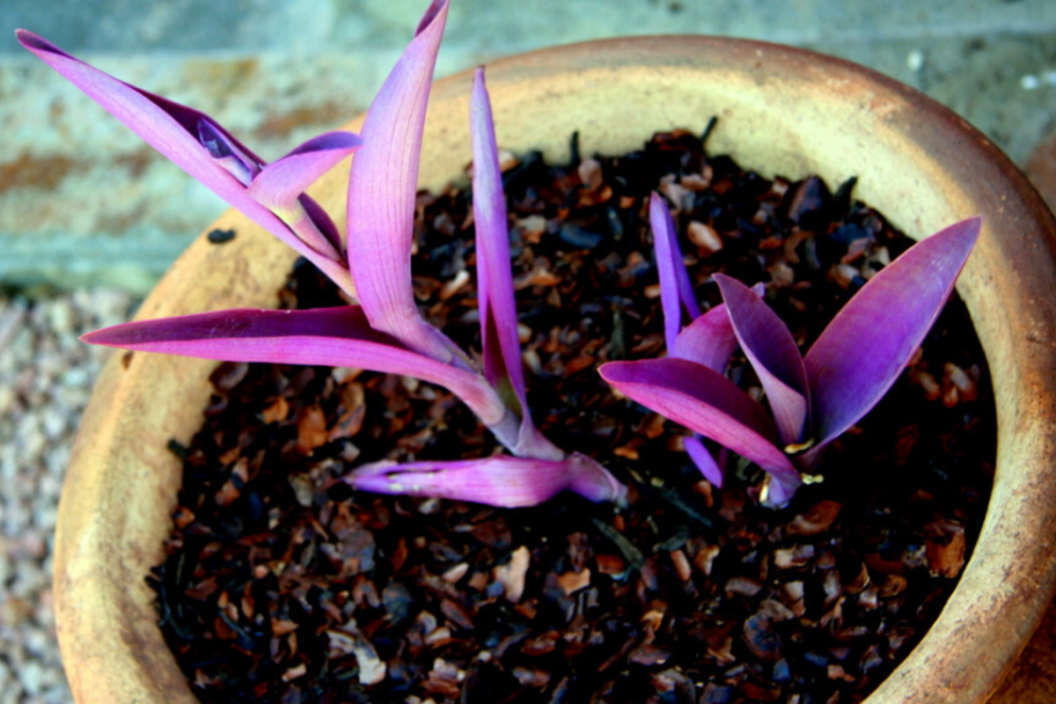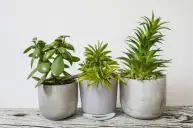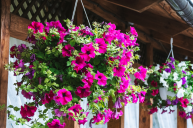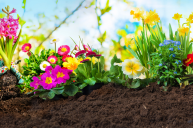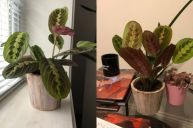While this eye-popping plant is usually planted in warmer climates as ground cover, the purple heart plant Tradescantia pallida Purpurea also makes wonderful addition to your indoor houseplant collection. It's one of the easiest plants to root, which means you can start your own with a single cutting, making it the perfect plant to share with friends.
Videos by Wide Open Country
Beautiful either cascading out of a hanging basket or potted tight in a small pot, the purple heart plant prefers bright light to bring out the deep purple hues in the leaves. During the summer, the plant will bloom delicate pink flowers that add an extra sparkle to the purple leaves. In the warmer months you can move the plant outside, however make sure to keep it in a shady location during the hottest part of the day to prevent scorched or burnt leaves.
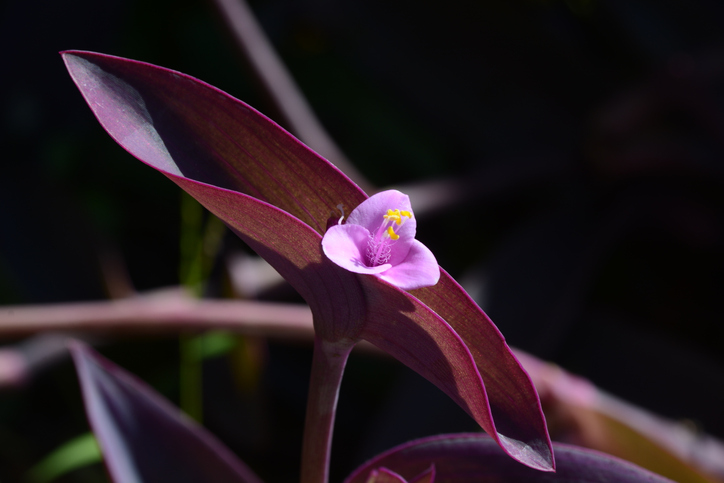
Getty Images
Available to purchase at most big box stores or nurseries, the purple heart plant also propgates effortlessly with its numerous nodes. Like various Tradescantia, the purple heart plant can either root directly in soil or within a few days in a glass of water. This is especially helpful if you are looking to make your plant fuller. Simply snip the leaves about 1 inch long and place back into the soil. Within a few weeks the roots will be strong enough to grow more leaves.
Try and re-pot your plant every summer if the roots are beginning to reach the drainage holes.
Quick Care Facts
Light: The purple heart plant prefers bright light for a bolder purple color but can tolerate lower light. If outdoors for the summer, keep in the shade during the brightest part of the day.
Water: Water deeply when the first inch of soil is dry, somewhat of a frequency of about 1-2 weeks depending on the indoor temperature of your home. Less water is needed in the winter. Overwatering is one of the only things that will kill this plant.
Humidity: Average room humidity is fine. If the tips of the leaves are beginning to brown, add humidity with a small pebbled tray of water or a small humidifier.
Soil: Indoor plant soil amended with peat-moss is preferred.
Propagation: Can be easily propagated with small cuttings in either moist soil or water.
